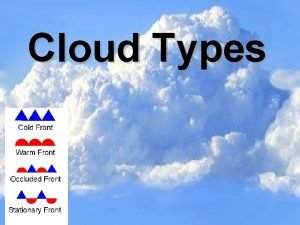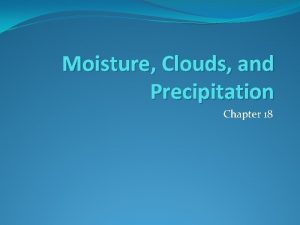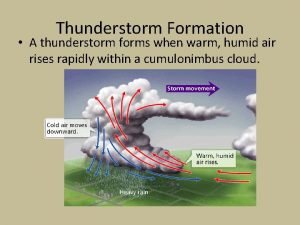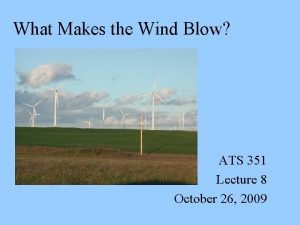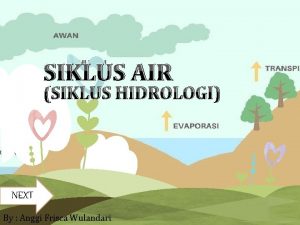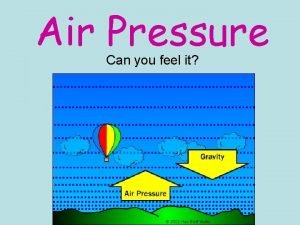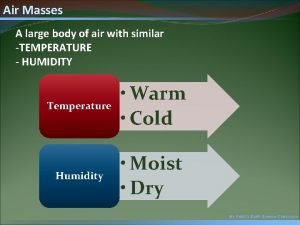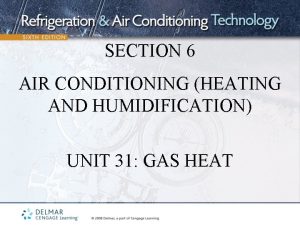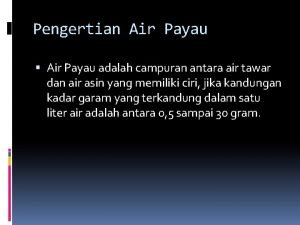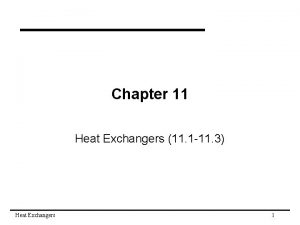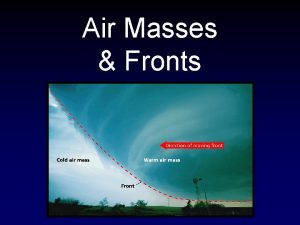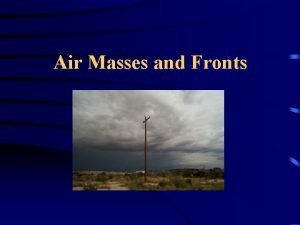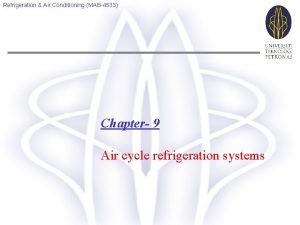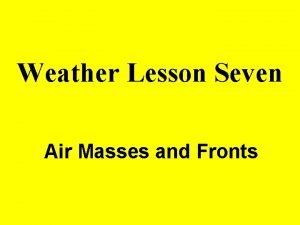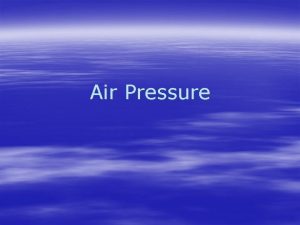Clouds What is a cloud Warm air contains





































- Slides: 37

Clouds

What is a cloud? • Warm air contains water vapor • The air cools as it rises • The water condenses around a solid object, such as dust or smoke, and forms either water droplets or ice crystals

When you see a cloud, how can you tell what type of cloud it is? By observing two characteristics: the first is the cloud’s physical appearance. The second is how high a cloud is above the Earth. These two things then help us determine the cloud’s type.

Let’s start with the cloud’s appearance. Clouds can be thick and white, dark and gray, or thin and nearly transparent (seethrough). They can be round, oval, tall or flat. They can be large or small.

3 Basic Cloud Types

Cumulus clouds are large, rounded, fluffy, cottonylooking clouds. Cumulus means heap or pile.

Stratus clouds are low, flat sheets of clouds that look like one huge cloud covering the whole sky. Stratus means layer.

Cirrus clouds are high, thin, wispy, and feathery. Cirrus means curl or wisp of hair.

How High is High?

Altitude is how high something is above the Earth’s surface. Clouds can be high in the sky way above Earth, low in the sky, or in the middle of the sky. What does that really mean?

Generally speaking, an altitude of 6, 000 feet or less is low level. That means a plane or a cloud in the sky at 6, 000 feet or less above the Earth’s surface is at a low altitude. A middle altitude is more than 6, 000 feet, but less than 20, 000 feet above the Earth’s surface. An altitude of 20, 000 feet or more is a high level altitude.

Because you are here on the ground and the clouds are in the sky, you can’t know high they are – you can’t really know their altitude. But you can tell if the cloud is low is the sky, high in the sky, or in the middle of the sky by just looking at them. Sometimes clouds can be at different altitudes than usual.

Altostratus Stratus clouds, usually low, can also be at middle altitudes. When they are, we call them altostratus clouds. Alto means higher. And altostratus means stratus clouds at higher levels than regular stratus clouds.

Altocumulus Cumulus clouds are also usually low, but can be at middle altitudes. When they are, we call them altocumulus clouds. Alto means higher. And altocumulus means cumulus clouds at higher levels than regular cumulus clouds.

Cirrostratus When the prefix cirro is added to the name of one of the basic cloud types it tells us that the cloud is at very high levels. When stratus clouds are at high levels they are called cirrostratus clouds.

Cirrocumulus When the prefix cirro is added to the name of one of the basic cloud types it tells us that the cloud is at very high levels. When cumulus clouds are at high levels they are called cirrocumulus clouds.

Rain Clouds The word nimbus means rain. Another form of the word nimbus is nimbo. So, if a cloud contains rain, sleet, snow, or hail, we add nimbus or nimbo to its name.

Nimbostratus A stratus cloud that produces rain, sleet, or snow is called a nimbostratus cloud. Nimbo is a form of the word nimbus.

Cumulonimbus A cumulus cloud that produces rain, sleet, snow, or hail is called a cumulonimbus cloud. That word is a combination of the words cumulo (a form of the word cumulus) and nimbus.

Stratocumulus A stratocumulus cloud typically forms after it rains, but before the sky clears. That word is a combination of the words strato (a form of the word stratus) and cumulus, so we know that this cloud type has characteristics of both stratus and cumulus clouds.

Let’s Review

Word Cumulo Strato Cirro Alto Nimbo Meaning heap spread out or layer curl or wisp of hair higher rain

Low Level Clouds found at low levels include cumulus, stratocumulus, nimbostratus and cumulonimbus clouds. Although the bottoms of cumulonimbus clouds are at low altitudes, they can be very tall and their tops can be at very high altitudes.

Mid-Level Clouds found at middle-levels include altocumulus and altostratus clouds.

High-Level Clouds found at the highest levels include cirrus, cirrostratus, and cirrocumulus clouds.

How are clouds formed?

Cloud Formation Basics • All clouds form when warm, moist air rises into the upper troposphere. • The air cools as it rises. • The water vapor that it contains condenses and forms the water droplets or ice crystals that form clouds.

Cloud Formation • Although the basics of how clouds form is the same, different clouds do form in slightly different ways • The difference is what causes the warm, moist air to rise into the upper troposphere.

3 Cloud Formation Methods

Convection When the sun warms the ground, the air above the ground is heated and begins to rise. This warm air, containing water vapor, rises in a process known as convection. Since the upper troposphere has less pressure than the troposphere below it, the rising air and water vapor will expand, become cooler and the water vapor will condense.

Convection This is a cloud that is forming by convection.

Lifting Some clouds are formed when warm, moist air moves up the side of a mountain. Along its journey, the air is lifted higher into the troposphere where the pressure is lower. Again, the water vapor in the air is allowed to cool and form clouds. This is why we often see clouds over mountains.

Lifting This is a cloud that is forming by lifting.

Frontal Activity Sometimes a warm, moist air mass, will run into a colder air mass. When the two meet, the warm, moist air rises higher into the troposphere. The lower pressure of the upper troposphere causes the water vapor in the warm air to cool and form a cloud.

Frontal Activity This is a cloud that is forming by frontal activity.

Let’s Review

3 Cloud Formation Methods 1. Convection – Warm, moist air rising. 2. Lifting – Warm, moist air sliding up the side of a mountain. 3. Frontal Activity – Warm, moist air being forced to rise by a cooler air mass.
 Two cold air masses converge on a warm air mass
Two cold air masses converge on a warm air mass Cold air mass overtakes warm air mass
Cold air mass overtakes warm air mass Air higroskopis air kapiler dan air gravitasi
Air higroskopis air kapiler dan air gravitasi Stratus clouds
Stratus clouds Cloud describe
Cloud describe Above the clouds: a berkeley view of cloud computing
Above the clouds: a berkeley view of cloud computing In order for clouds to form cooling air must be
In order for clouds to form cooling air must be Thunderstorms form when warm, humid air rises in
Thunderstorms form when warm, humid air rises in Calm area where warm air rises
Calm area where warm air rises Warm air front
Warm air front Warm air front
Warm air front Warm air aloft is normally associated with
Warm air aloft is normally associated with The air generally becomes drier when brainpop
The air generally becomes drier when brainpop Which computing refers to applications and services
Which computing refers to applications and services Cloud to cloud integration patterns
Cloud to cloud integration patterns Public cloud vs private cloud cost analysis
Public cloud vs private cloud cost analysis Share data
Share data Atlas air bomgar cloud
Atlas air bomgar cloud Air di bumi selalu tersedia lantaran adanya.....
Air di bumi selalu tersedia lantaran adanya..... Reaksi anorganik dalam pelarut air dan non air
Reaksi anorganik dalam pelarut air dan non air Pneumatic circuit examples
Pneumatic circuit examples Section 1: what causes air pollution answer key
Section 1: what causes air pollution answer key Can you feel it in the air in the air
Can you feel it in the air in the air A large body of air
A large body of air Right hand in the air
Right hand in the air Awan cumulus nimbus
Awan cumulus nimbus Return air and supply air
Return air and supply air Right hand in the air left hand in the air
Right hand in the air left hand in the air Air payau adalah campuran dari
Air payau adalah campuran dari Two pass heat exchanger
Two pass heat exchanger Air masses & frontswhat is an air mass?
Air masses & frontswhat is an air mass? Air masses & frontswhat is an air mass?
Air masses & frontswhat is an air mass? Brayton cycle refrigeration
Brayton cycle refrigeration Flow control valve direction
Flow control valve direction 3/2 dcv symbol
3/2 dcv symbol Maritime tropical air mass symbol
Maritime tropical air mass symbol Hail
Hail Sanitasi bangunan
Sanitasi bangunan




